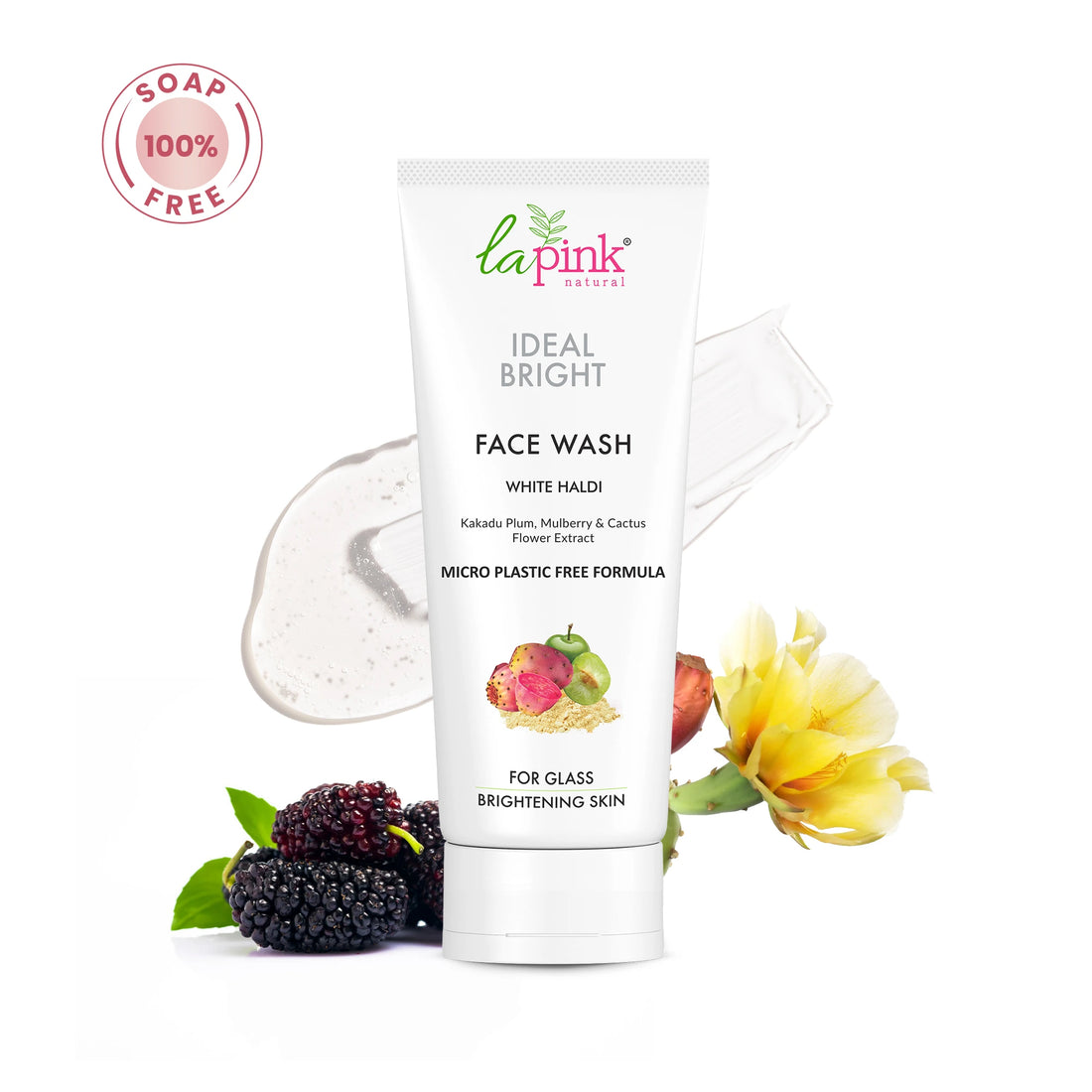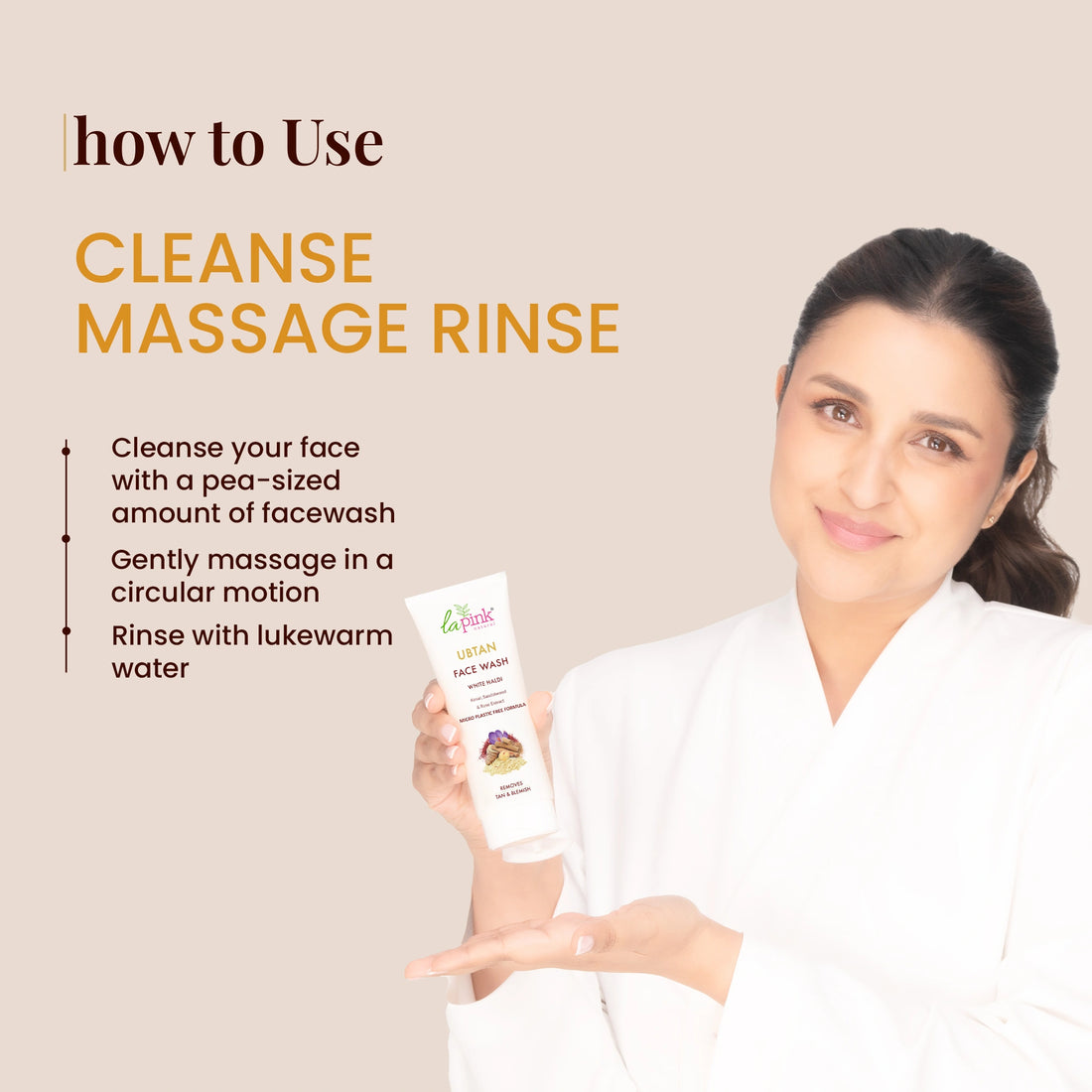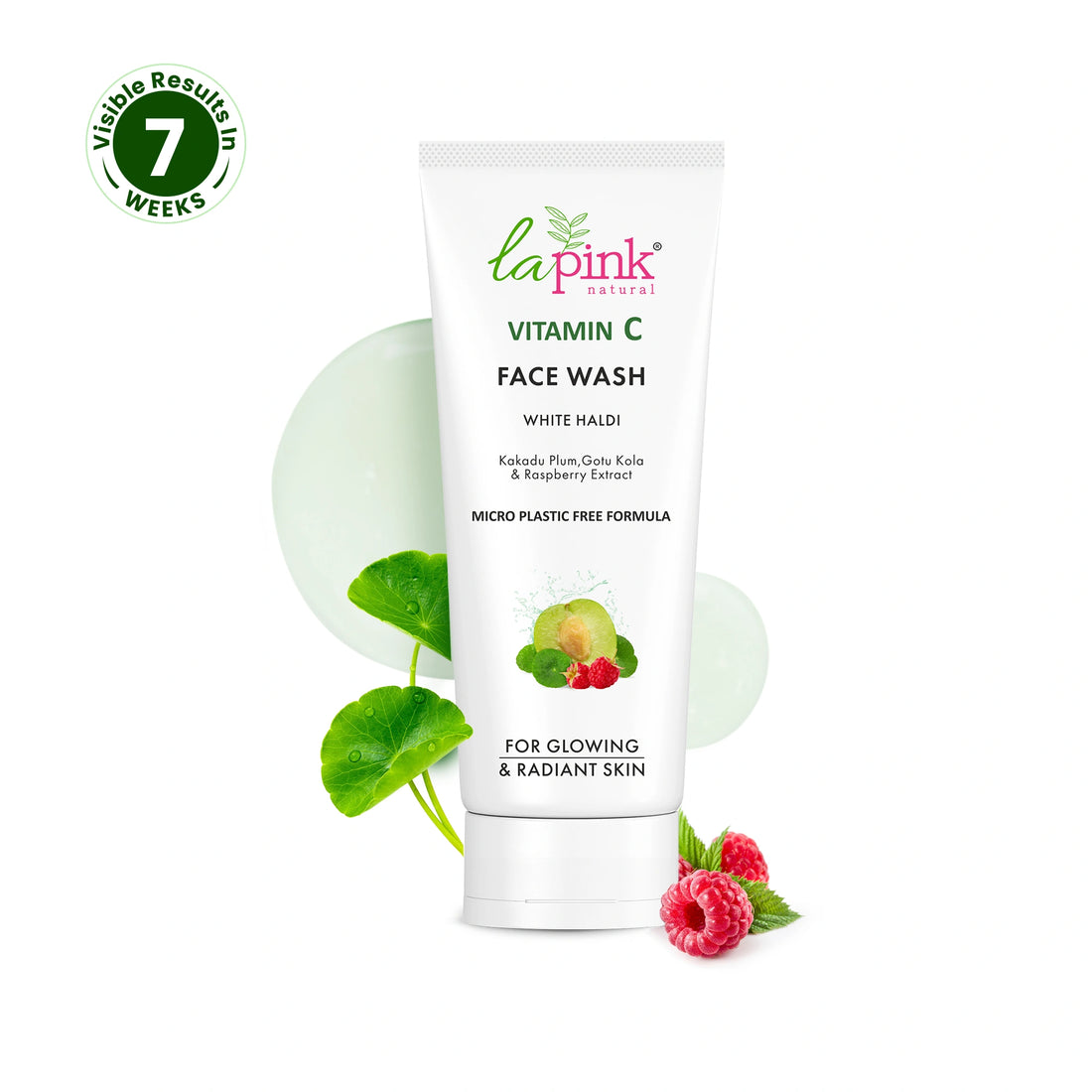How Does Benzophenone-3 Help In Skincare?
High UV-Ray Filtration Efficiency
Benzophenone-3’s combined double bonds allow it to absorb harmful UVB and UVA rays. It converts this energy into harmless heat, helping to prevent sunburn and skin aging, making it a key ingredient in many UV-protective skincare products.
Broad-Spectrum Protection
Its structure filters both UVB and UVA rays, offering partial broad-spectrum protection. When combined with other UV filters, it enhances the product’s ability to shield the skin from a wider range of sun-induced damage.
Stable Formula Coupling
The coupling of hydroxyl and methoxy groups prevents any skincare formula or product from being chemically altered. This is why despite being a UV filter, Benzophenone-3 is also recognized as an effective preservative which is widely used by formulators. It significantly helps improve product shelf life and preserve it from corrosion, dilution, or rancidity.
Oil Souble & Compositional Feasibility
Its small, oil-soluble structure blends easily with other active ingredients and sunscreen agents. This improves overall formulation flexibility and supports the development of stable, multi-active sun care and skincare products.
Quicker Absorption Potency
Oxybenzone spreads easily across the skin due to its lightweight and lipophilic nature. This helps create a uniform, protective layer for even UV coverage, improving the effectiveness of sunscreens and reducing patchiness.
Transparent & Easily Blended with Skin Color
Unlike mineral sunscreens, Oxybenzone is transparent and non-whitening. It allows for lightweight, clear formulations that blend seamlessly into all skin tones, making products more cosmetically elegant and user-friendly.
Why Is Benzophenone-3 Popular Among Beauty Formulators?
- High UV Absorption Power: Delivers strong UV protection at low concentrations, leaving space for other actives.
- Versatile Solubility: Works in oils, emulsions, gels, sprays, and clear products without stability issues.
- Cost-Effective: Affordable and widely available, ideal for high-volume or budget-friendly products.
- Lesser Regulatory Constraints: Approved in many markets (however banned in Hawaii, Palau, and parts of the EU due to health and ecological risks), supporting global product consistency.
- High SPF Efficacy: Boosts performances of other UV filters, enhancing overall SPF efficacy.
- Protects Formula Integrity: Shields sensitive ingredients from UV degradation, extending product shelf life.
Potential Benefits of Benzophenone-3
Effective UV Protection
Benzophenone-3 absorbs UVB and some UVA rays, helping protect the skin from sunburn, premature aging, and skin cancer. Its strong UV-filtering ability makes it a key ingredient in sunscreens designed for broad-spectrum protection, especially when combined with other agents to enhance overall sun defense.
Photostability
Oxybenzone is photostable, meaning it doesn’t easily degrade under sunlight. This ensures longer-lasting protection in sunscreen formulations and helps maintain the product’s effectiveness even during prolonged sun exposure, reducing the need for frequent reapplication compared to some less stable sunscreen ingredients.
Agile Formulative Factor
Its small molecular size and lipophilic nature allow it to blend easily into creams, lotions, and other emulsion-based products. It works well with other UV filters and stabilizers, making it ideal for multi-functional sunscreens and daily skincare products with built-in SPF.
Prevents Product Degradation
Besides protecting the skin, Benzophenone-3 also shields cosmetic formulations from UV damage. It helps prevent color fading, breakdown of active ingredients, and spoilage, extending the shelf life and performance of both skincare and cosmetic products exposed to sunlight.
Widespread Availability & Affordability
Oxybenzone has been used globally for decades and is cost-effective, making it widely accessible. Its affordability allows manufacturers to produce sun-protective products at various price points, ensuring that consumers have access to UV protection regardless of budget.
Possible Downsides of Benzophenone-3
Potential Hormone Disruption
Oxybenzone may mimic or interfere with hormones like estrogen and testosterone, potentially disrupting endocrine function. Studies suggest it can affect reproductive health, especially with prolonged or high exposure, raising concerns for pregnant women and developing children.
Skin Irritation and Allergies
It can trigger allergic reactions such as contact dermatitis, redness, and itching, particularly in individuals with sensitive skin or pre-existing conditions like eczema. Reactions may worsen with sun exposure, making it unsuitable for some users.
Interconnected Dermal & Endocrine Penetration
Oxybenzone is readily absorbed through the skin and has been detected in blood, urine, and even breast milk. While levels are generally low, ongoing exposure raises concerns about cumulative effects and long-term health implications.
Phototoxic Reactions
In rare cases, Oxybenzone can cause photosensitivity, where the skin reacts abnormally to sunlight, leading to burning, rashes, or pigmentation issues. This makes it potentially problematic for people with light-sensitive skin conditions.
Bioaccumulation Potential
Although mainly an environmental issue, the fact that Oxybenzone persists and accumulates raises concerns about long-term exposure and its buildup in human tissues. Its slow breakdown may increase health risks over time with frequent use.
Do You Know?
Benzophenone-3 Plays a Dual Role as a UV Filter & Cosmetic Preservative
Beyond its primary function as a sunscreen agent, Benzophenone-3 also serves as a preservative in cosmetics by protecting ingredients (such as essential oils, fragrances, colorants, antioxidants - Vitamin C or E)) from UV degradation. This dual role helps maintain both the efficacy and aesthetic integrity of skincare and cosmetic products over time reducing fading, discoloration, rancidity, and loss of potency due to sun exposure.



































































